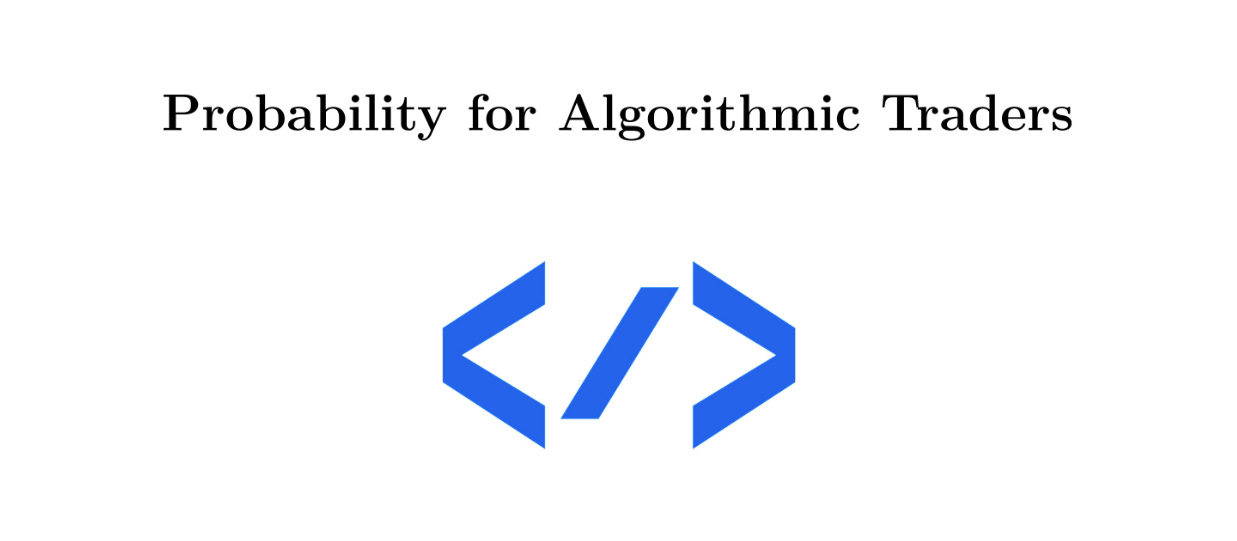Why classic probability fails in live trading—and how to build adaptive models that thrive
You’ve built models that pass every statistical test—only to see them collapse in live markets. The culprit? Static assumptions. Real-world trading moves fast, adapts constantly, and breaks every neat probability law in the book.
This chapter gives you the real-world probabilistic tools quants actually use to survive the noise.
What’s inside:
🔹 Dynamic probability spaces: Model uncertainty in real time with conditional measures and market-aware filtrations—because fixed P doesn't survive in adaptive systems.
🔹 Waiting time decoded: Use exponential and Gamma models to forecast time-to-signal with Python-powered clarity—plus live-updating λ(t) for regime-aware execution.
🔹 Data transformed: Go beyond raw feeds with log transforms, Box–Cox, and Yeo–Johnson—reshape market chaos into model-friendly distributions.
🔹 From theory to code: Hands-on Python scripts for time-between-signals, conditional densities, and transform-driven calibration. Ready to run, right now.
🔹 Characteristic functions unleashed: Master probability in the frequency domain. Combine signals, reduce uncertainty, and handle non-Gaussian sums with spectral precision.
🔹 Real implications, not just math: From signal aggregation to adaptive risk control—this chapter shows how probability powers real strategies, not just clean blackboards.
This isn’t textbook theory. This is probability for the battlefield—a live-trading framework for when normal assumptions die, and every second counts.




